UC San Diego School of Medicine’s Translational Neuroscience Institute made its latest breakthrough in the treatment of spinal cord injuries after the culmination of 30 years of research. In a paper published on Aug. 22, a team of researchers led by Dr. Mark Tuszynski used rats as a model to find that STEM cells could significantly impact the rehabilitation and repair of injured spinal cords.
“It’s very challenging to try and regenerate the injured spinal cord; the central nervous system doesn’t regenerate naturally very well,” Tuszynski said. “Axons are not typically capable of regrowing when they have been cut. But there have been some recent breakthroughs that have been encouraging, and one of them is the use of stem cells.”
Researchers chose stem cells as a treatment due to their regenerative and fast-growing properties, a notable contrast from the slow-growing adult nerve cells, according to Tuszynski. He noted that stem cells are able to redevelop a substantial amount of axons compared to regular nerve cell counterparts.
“Before using stem cells, we achieved the growth of about 100 axons for a distance of one millimeter through the injured spinal cord. And now with stem cells, the stem cells will extend 10s of 1000s of axons, or distances of 50 millimeters,” Tuszynski said.
In the experiment conducted by Tuszynski and his colleagues, the spinal cords of rats were exposed and damaged to simulate the effects of a spinal cord injury in humans. Half of the injured rats then received an injection of stem cells in the area of the damaged spinal cord.
After inducing the injury, the researchers waited one to two weeks so that the stem cells survive better once they are implanted. Tuszynski said this will be important to keep in mind once they need to operate on humans.
“And that’s also the most clinically relevant way to think about translating this technology to humans, because most humans wouldn’t undergo surgery to repair the spinal cord immediately… they would be stabilized medically first,” Tuszynski said.
Afterward, the rats underwent a rehabilitation technique involving them reaching, grabbing, and grasping for food in order to repair their motor function. Both the control group and treatment group underwent these rehabilitation tasks and had their motor abilities documented. Following the rehabilitation period, the stem cell treatment yielded significant improvements.
“The control injured rats lost about 75% of their ability to retrieve the food rewards. And the rats that received rehabilitation, and a stem cell implant, regained about 50% of their function. It was a significant improvement compared to the untreated rats,” explained Tuszynski.
For Tuszynski, the trial results represent significant progress in addressing spinal cord injuries in humans, where rehabilitation and therapy are typically the only means of treatment. For individuals disabled and impaired by spinal cord injury, this could significantly improve their quality of life.
“This means if you had a human with a cervical spinal cord injury, and you’re trying to improve hand function … they could reach out their hand, put it around a glass or fork and be able to bring it to their mouth and feed themselves,” Tuszynski said. “It might mean that if they can’t control a hand control for a motorized wheelchair, now maybe they can reach out to that hand control and be able to control the wheelchair themselves. It would be extremely valuable to get even that degree of recovery, because right now, there’s nothing.”
Tuszynski anticipates human trials would begin in two years, with an eventual goal of stem cell treatment being medically available for all patients.
Art by Ava Bayley for the UCSD Guardian


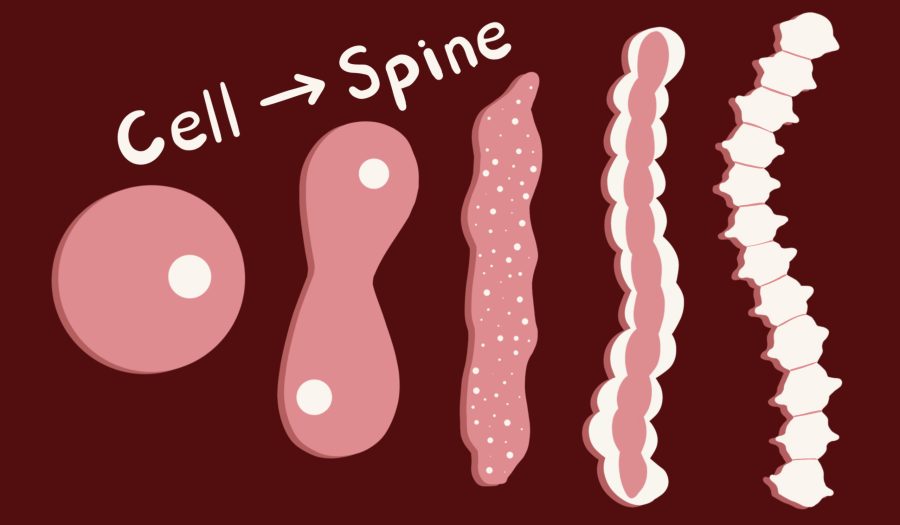
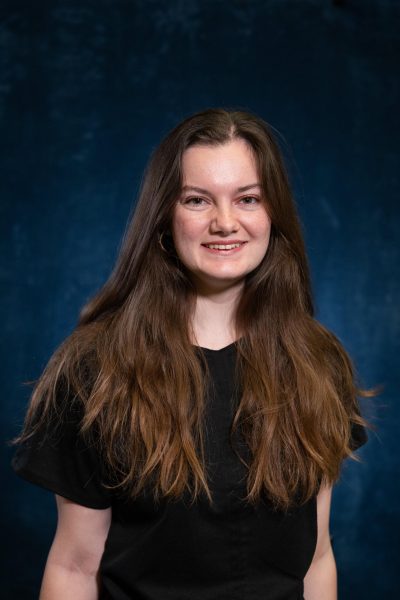












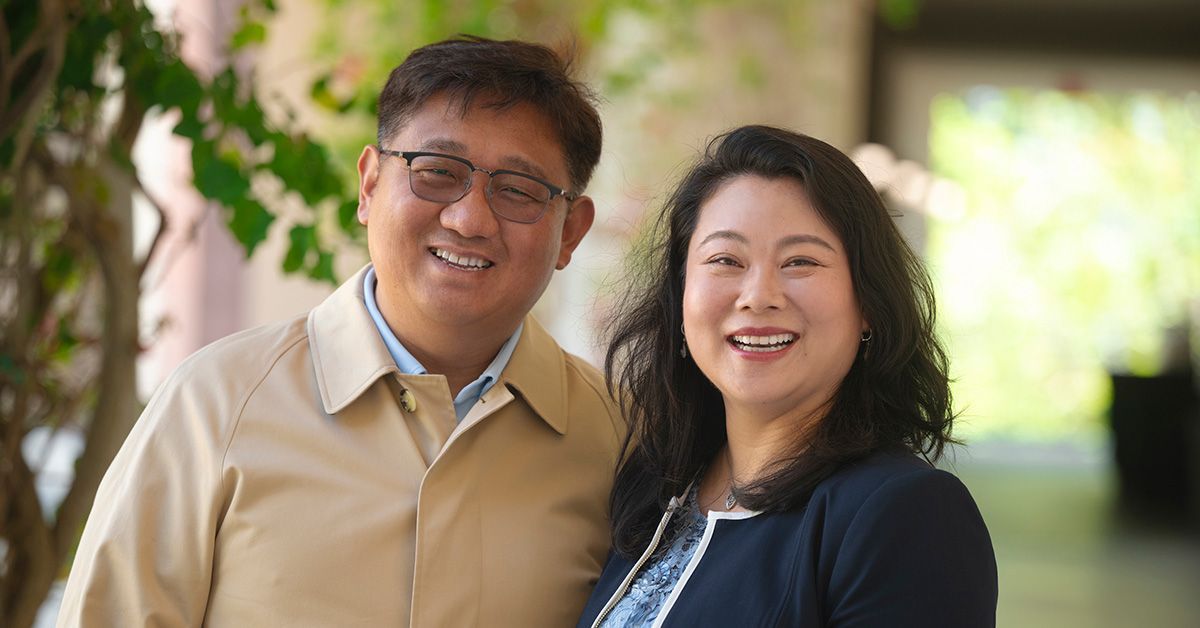
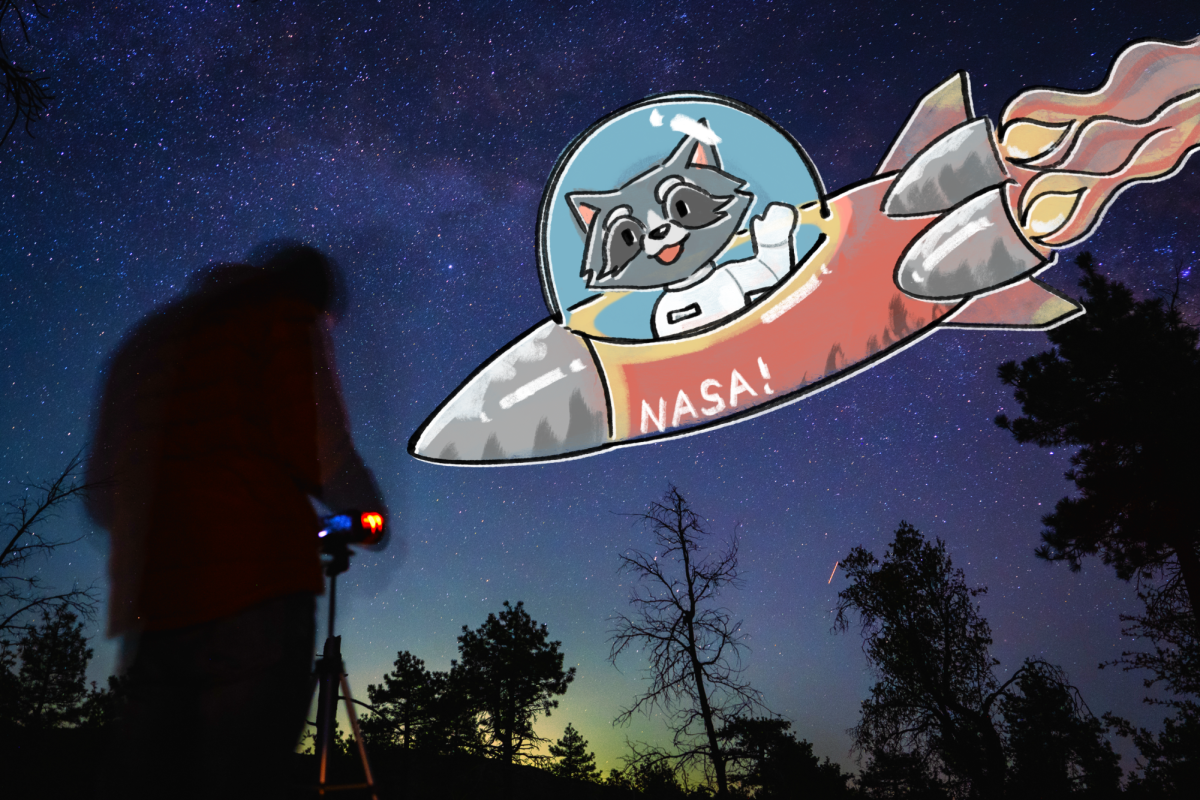

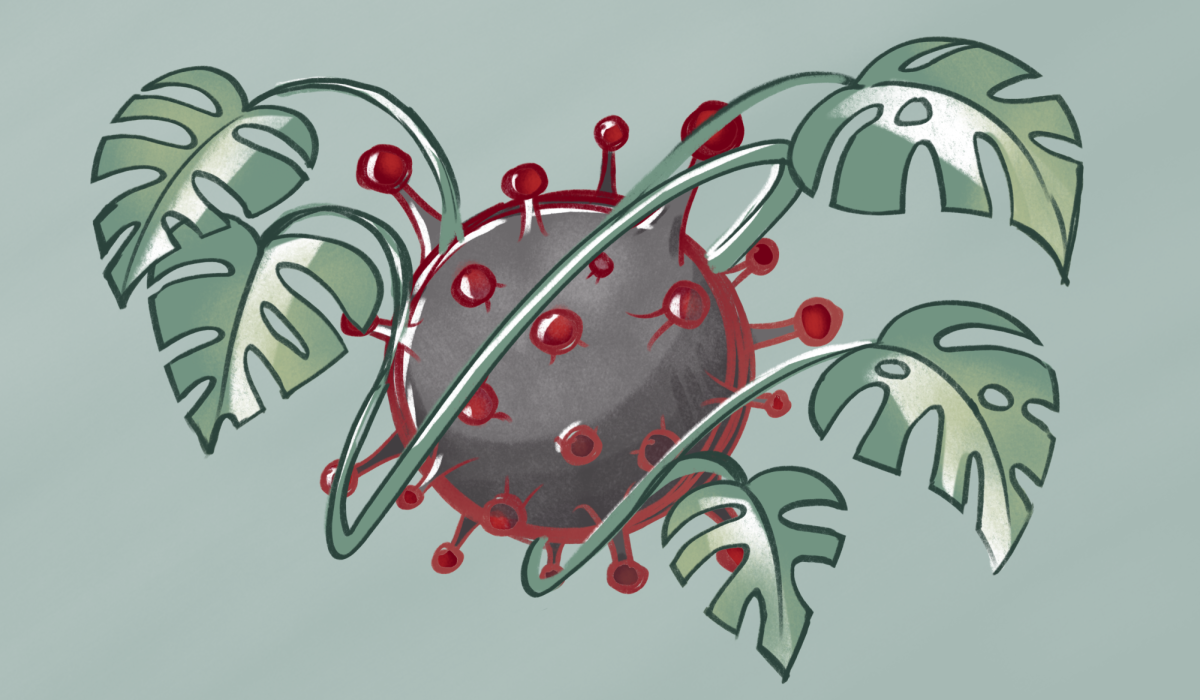
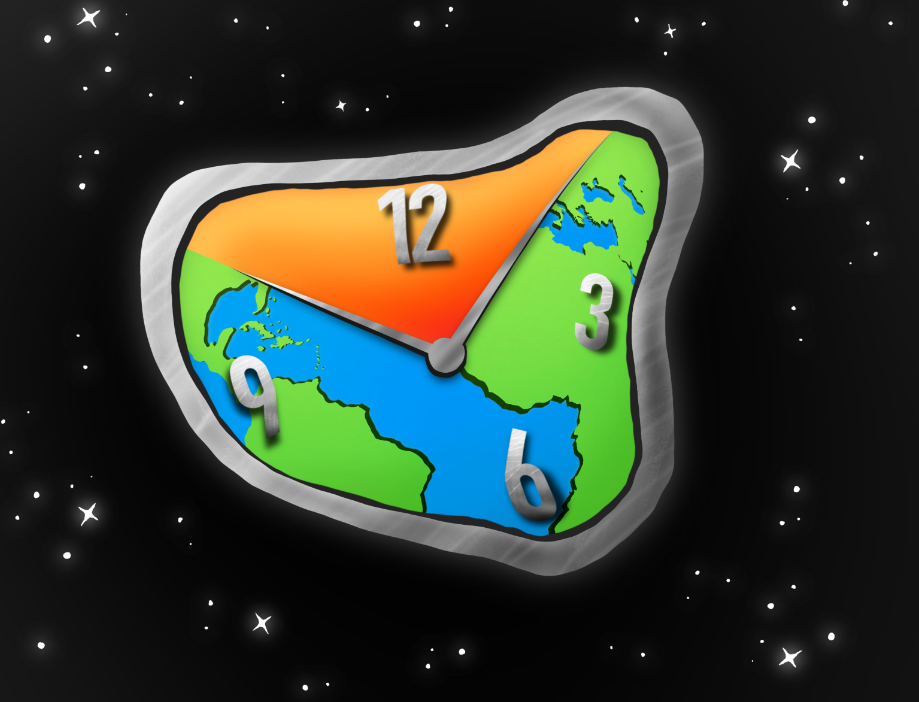
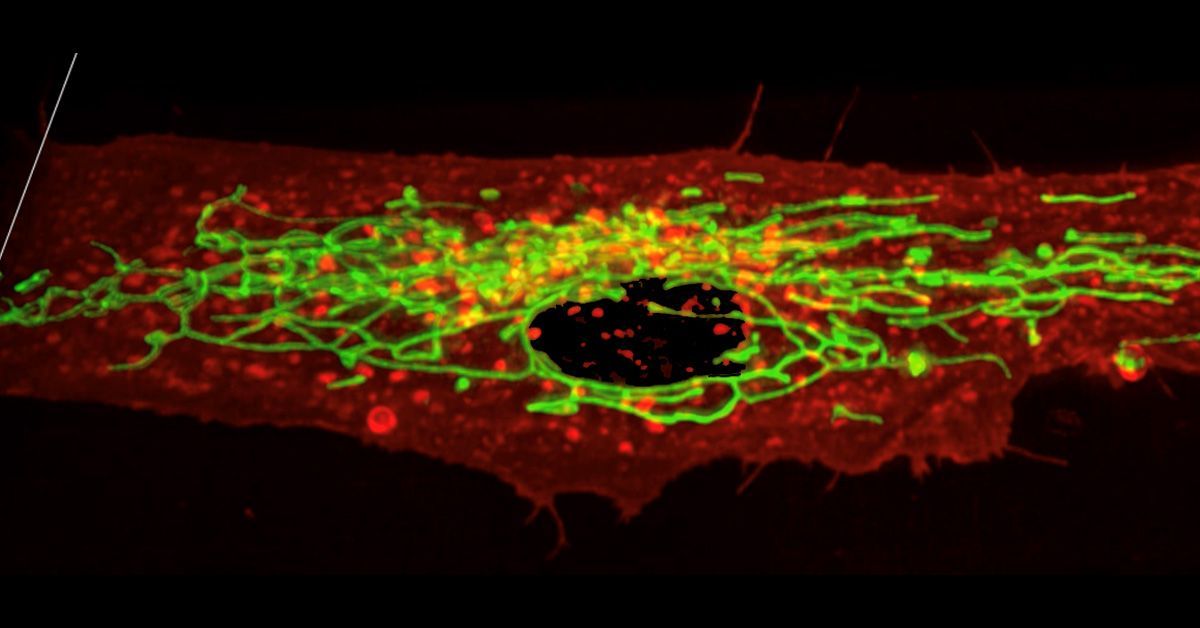
Adam • Nov 19, 2022 at 2:37 am
Since ancient times, milk thistle https://www.amazon.in/Prorganiq-Capsules-All-Natural-Silymarin-Supplement/dp/B09WLWJ17L has been used to treat neurological diseases, in particular today it is used in the treatment of Parkinson’s and Alzheimer’s diseases. Scientists attribute this use of the supplement to its anti-inflammatory and antioxidant properties, which can have a neuroprotective effect.
April House • Nov 16, 2022 at 12:22 pm
My sister had a abscess wrapped around her c-4. She violated probation for weed. So she had to do 10 days in jail. She started feeling weird there. She asked for help for days ( letting them know her limps felt numb). They ignored her until she was completely paralyzed.
He final diagnosis is a quadriplegic. If they would of helped her sooner. She could possibly and most likely, from what the other doctors say, she wouldn’t be paralyzed. I am begging for help for her. She didn’t deserve this. No one does. I am sorry to go into the story of the situation. I just want you to understand how unfair it is for her to have everything taken from her. I appreciate to whom ever might read this and want to help my sister Jennifer Paden. She was at Metro Clinic in Cleveland for her spinal surgery and rehabilitation Thank you for listening-April House 239-247-9008
Sara Frazier • Nov 14, 2022 at 12:05 am
Do Work At your Home And Make Money From Home .,..
Open This Link …>http://www.richsalaries4u.blogspot.com/